Discovering Hanoi: A Tapestry of History and Modernity
Nestled in the northern part of Vietnam, Hanoi is a city that vividly narrates its history through its ancient architecture, cultural landmarks, and bustling streets. As the capital of Vietnam, Hanoi has long been at the heart of the country's politics, culture, and history. This vibrant city offers a fascinating blend of the traditional and the contemporary, making it a unique destination for tourists and scholars alike.
A Glimpse into Hanoi’s Historical Background
Hanoi's history dates back over a thousand years to its founding in 1010 under the name Thang Long. The city, whose name means "Ascending Dragon," served as the center of power for various empires and dynasties. Its rich history is reflected in the city's architecture, which tells the stories of bygone eras through its buildings, temples, and monuments.
The city has seen many rulers, from the Chinese to the French, each leaving indelible marks on its culture and identity. The impact of colonialism is particularly noticeable in the French Quarter, where French-style villas and tree-lined boulevards transport visitors back to the days of colonial rule. The Hanoi Opera House, a striking structure reminiscent of Paris’ Palais Garnier, stands as a testament to this era.
The Cultural Melting Pot of Hanoi
Hanoi is often characterized as Vietnam’s cultural heart. This is not only due to its historical significance but also its status as a melting pot of diverse influences. The city’s culture is a harmonious blend of East and West, where traditional Vietnamese customs coexist with Western modernity.
One of the most evident expressions of Hanoi’s cultural wealth is its cuisine. The city is a haven for food lovers, offering a variety of street foods and local delicacies. Pho, a fragrant noodle soup with herbs and meats, is perhaps its most famous dish, attracting both locals and tourists. Bun Cha, famously enjoyed by former U.S. President Barack Obama, is another must-try that captures the essence of Hanoi’s culinary scene.
Hanoi is also home to numerous traditional arts, such as water puppetry. This age-old art form brings stories from Vietnamese folklore to life, fascinating audiences with its colorful performances accompanied by traditional music. The Thang Long Water Puppet Theatre offers a window into this enchanting world, preserving an essential part of the nation's intangible heritage.
Architectural Wonders of the Old and New Hanoi
The architectural landscape of Hanoi serves as a living museum, offering insights into different periods in Vietnam's history. The city's Old Quarter, with its narrow streets and bustling markets, retains the charm of an authentic Vietnamese town. This area, with its historical buildings and maze-like layout, draws tourists who are eager to explore and experience traditional Vietnamese culture firsthand.
Among the key historical sites is the Temple of Literature, an ancient Confucian temple dedicated to scholarly pursuits. Founded in 1070, it became Vietnam's first national university, and today it stands as a serene oasis amidst the city's urban hustle, drawing visitors interested in ancient Vietnamese education and architecture.
The Ho Chi Minh Mausoleum is another significant landmark, serving as the final resting place of the revered Vietnamese leader. Visitors flock to pay their respects to Ho Chi Minh, a figure who remains central to Vietnam's modern history. The mausoleum complex also includes the former leader’s stilt house and a museum dedicated to his life and legacy.
Contrasting with these historical sites is the modern face of Hanoi, seen in its rapid urban development. Skyscrapers and contemporary structures define the expanding skyline, catering to the city's growing business and commercial demands. This juxtaposition of old and new offers an intriguing visual narrative of a city embracing its future while respecting its past.
In essence, Hanoi stands as a testament to resilience and adaptation, where history and modernity coexist in a harmonious dance. Whether one is traversing its ancient streets or indulging in its culinary delights, Hanoi promises an experience that engages both the past and the present in a seamless tapestry of sights, sounds, and flavors. As one delves deeper into this enigmatic city, the rich layers of Hanoi's history and culture unfold, offering endless narratives waiting to be explored.
The Vibrant Streets and Markets of Hanoi
The pulse of Hanoi can be felt most palpably in its streets and markets, where life unfolds in an unfiltered, vibrant display. The bustling arteries of the city, such as Hang Gai and Hang Dao, teeming with locals and tourists alike, paint a vivid picture of daily life in Hanoi. These streets, part of the famed Old Quarter, are known for their "36 streets" — each traditionally dedicated to different trades, from silk and jewelry to herbs and even religious objects.
A highlight of Hanoi’s market culture is the Dong Xuan Market, a sprawling complex that has been a staple of the city since 1889. As the largest market in Hanoi, it offers everything from fresh produce and exotic spices to clothing and souvenirs. Wandering through its bustling aisles, visitors are treated to a sensory overload of sights and smells, providing a front-row seat to the hustle and bustle that defines Hanoi’s local trade scenes.
Adding to the allure are the night markets, which spring to life after sunset, illuminating the streets with vibrant lights and energetic vendor calls. These markets not only serve as shopping destinations but also as social hubs, where people gather to enjoy street performances and mouth-watering street food under the stars. It’s here that one truly appreciates the communal and lively spirit that characterizes Hanoi.
Exploring the Lakes and Green Spaces
Beyond its energetic streets, Hanoi offers a surprising serenity in its numerous lakes and parks. These green spaces provide a welcome escape from the city's frenetic pace, offering residents and visitors a place for reflection and relaxation. Hoan Kiem Lake, located in the heart of Hanoi, is undoubtedly the most iconic. According to legend, the lake is home to a mystical turtle that once aided an emperor, adding an air of enchantment to this picturesque spot.
Bordering Hoan Kiem Lake is Ngoc Son Temple, sitting on a small islet linked by the scarlet-colored The Huc Bridge. This temple is a significant cultural and historical site, honouring national heroes and scholars, and offers stunning views of the lake and the surrounding area. Walking around Hoan Kiem Lake early in the morning reveals yet another facet of Hanoi's vibrant societal fabric, with locals practicing tai chi, jogging, or simply enjoying a leisurely stroll.
West Lake, the largest freshwater lake in Hanoi, provides another natural retreat from urban life. Its vast expanse of water is surrounded by upscale restaurants, cafes, and residences, making it a popular spot for expatriates and locals alike. Visitors can rent boats or bicycles to explore the area or simply sit by the water’s edge to watch the sunset, experiencing the tranquil side of Hanoi.
Hanoi's Festivals and Traditional Celebrations
The cultural tapestry of Hanoi is also richly embroidered with festivals and traditional celebrations that highlight the city's vibrant spirit. Tet, the Vietnamese Lunar New Year, is perhaps the most significant celebration, marking the arrival of spring and a new lunar year. During this time, the city comes alive with colorful decorations, special markets, and a general sense of festivity and renewal. Streets are adorned with peach blossoms and kumquat trees, symbols of prosperity and good fortune, while families prepare special meals and pay respects to their ancestors.
Another remarkable celebration is the Mid-Autumn Festival, known as Tet Trung Thu. This festival, traditionally a children’s holiday, features vibrant lantern processions, lion dances, and mooncakes filled with lotus seeds or green bean paste. Hanoi's streets, particularly those near the Old Quarter, are enchanted with glowing lanterns, turning the city into a parade of colors and joy.
These festivals offer visitors an unforgettable glimpse into Vietnamese traditions and the communal lifestyle of Hanoi’s residents. They highlight the importance of family, community, and cultural heritage, values that resonate deeply within the Vietnamese ethos.
The Role of Art and Education in Hanoi
Hanoi's role as an educational and artistic hub cannot be understated. The city hosts numerous universities, making it a center for learning and innovation. Vietnam National University, one of the largest in the country, draws students from across Vietnam and beyond, contributing to the city's youthful vibe and intellectual vigor.
Artistically, Hanoi is a thriving epicenter for contemporary and traditional art. Galleries such as the Vietnam National Museum of Fine Arts offer remarkable displays of both ancient and modern art pieces, while the numerous private art galleries scattered across the city showcase the burgeoning talent and creativity of Vietnamese artists. The city’s dynamic art scene, coupled with its rich history, makes it a perfect canvas for exploring both traditional and avant-garde expressions.
The interweaving of education and art enriches Hanoi's cultural fabric, making it a continuously evolving narrative of tradition meeting modernity. This unique blend positions Hanoi not just as a city of historical significance but as a living, breathing capital poised for future innovations while steeped in its cultural roots. As the sun sets over its bustling streets and tranquil lakes, Hanoi stands as a testament to Vietnam's past, present, and future all coalesced into one.
Hanoi's Excursion Opportunities: Gateway to Natural and Cultural Marvels
While Hanoi itself is a treasure trove of history and culture, its strategic location makes it a perfect gateway to a plethora of spectacular excursions. Travelers looking to explore beyond the city find themselves in proximity to some of Vietnam's most captivating natural and cultural sites.
A short journey from the city lies the mystical landscape of Ha Long Bay, a UNESCO World Heritage Site famous for its emerald waters and thousands of towering limestone islands topped with rainforests. Visitors can embark on cruises that weave through the bay's serene waters, offering a chance to explore hidden caves and grottoes, or simply relax on the deck while soaking in the breathtaking scenery.
Another notable excursion is to the ancient capital of Hoa Lu in the Ninh Binh province. Known as 'Ha Long Bay on Land,' this area features dramatic karst landscapes and meandering rivers, offering more adventures to nature enthusiasts. Visitors can explore the remnants of Vietnam's ancient dynasties, paddle through the scenic Trang An grottoes, or trek the limestone peaks of Mua Cave for panoramic views of the surrounding countryside.
For those interested in culture and tradition, the Perfume Pagoda offers a spiritually enriching experience. Nestled into limestone mountains, this vast complex of Buddhist temples and shrines can be reached by a peaceful boat ride followed by a hike or cable car ride, offering insight into Vietnam's religious practices and natural beauty.
Transportation and Accessibility in Hanoi
Navigating Hanoi can be an adventure in itself, as the city's transportation landscape is diverse and bustling. The motorbike is the quintessential mode of transport, zipping through the city's busy streets and narrow alleys, a living symbol of Hanoi's frenetic pace. For visitors, riding or renting a motorbike offers an exhilarating way to experience the city, though caution and proper licensing are advised.
Public transportation in Hanoi is primarily provided via buses, which serve routes all over the city. It's an economical choice for those wanting to see more of Hanoi or needing to travel longer distances within the capital. However, the language barrier and crowded nature of the buses can sometimes be a challenge for foreign visitors.
With Vietnam's ongoing economic development, the city has also seen improvements and expansion in its transportation infrastructure, including the introduction of a metro system designed to ease congestion. Taxi services and ride-sharing apps further aid in navigating the city comfortably and efficiently, providing tourists with flexible travel options.
For those journeying beyond the city limits, Hanoi is well-served by an array of transportation options, including intercity buses and trains. The capital's Noi Bai International Airport connects Hanoi to numerous international destinations, making it a major entry point for travelers exploring Northern Vietnam.
Hanoi's Economic Landscape and Future Outlook
Hanoi's transformation over the past few decades is encapsulated not only in its evolving cityscape but also in its dynamic economic growth. As a center of political power and administration, Hanoi has benefited from significant investments in infrastructure and development. This growth is reflected in the burgeoning business districts, home to both local and international companies leveraging Hanoi as a launchpad into Southeast Asia.
Despite being modernized, Hanoi has retained a significant portion of its traditional industries, such as handicrafts and local markets, which continue to contribute to its economy. The city's Old Quarter plays a crucial role in this, drawing tourists who support local artisans and vendors by purchasing traditional Vietnamese goods.
Looking towards the future, Hanoi continues to embrace modernization while grappling with the challenges of rapid growth, including traffic congestion and urbanization. There is a concerted effort to balance development with sustainable practices, aiming to preserve Hanoi's cultural heritage and environment amidst expansion.
The rise of Hanoi as a destination for both tourism and business reflects its ability to adapt and thrive while maintaining its cultural identity. This delicate balancing act underscores Hanoi's outlook as one that embraces global influences while cherishing its rich historical roots.
Conclusion: Hanoi, A City of Endless Exploration
Hanoi is a city that captivates hearts and minds with its rich history, vibrant culture, and dynamic evolution. It invites visitors to delve deep into its multifaceted identity, from exploring ancient streets and sampling exquisite cuisine, to engaging with its thriving arts scene and picturesque landscapes. Whether you're a history buff, culinary enthusiast, or nature lover, Hanoi offers a plethora of experiences waiting to be discovered.
The essence of Hanoi lies in its unique ability to bridge the past with the present, offering glimpses into ancient traditions while bustling with modernity. It stands as a microcosm of Vietnam’s broader narrative, showcasing the resilience, richness, and vibrancy of the nation.
As one departs from Hanoi, the memories of its enchanting streets, captivating landmarks, and warm-hearted people linger, enticing travelers to return and continue the exploration of this ever-evolving city. In every corner of Hanoi, there’s a story waiting to be told, a lesson to be learned, and a memory to be made, making it a city of endless exploration and wonder.






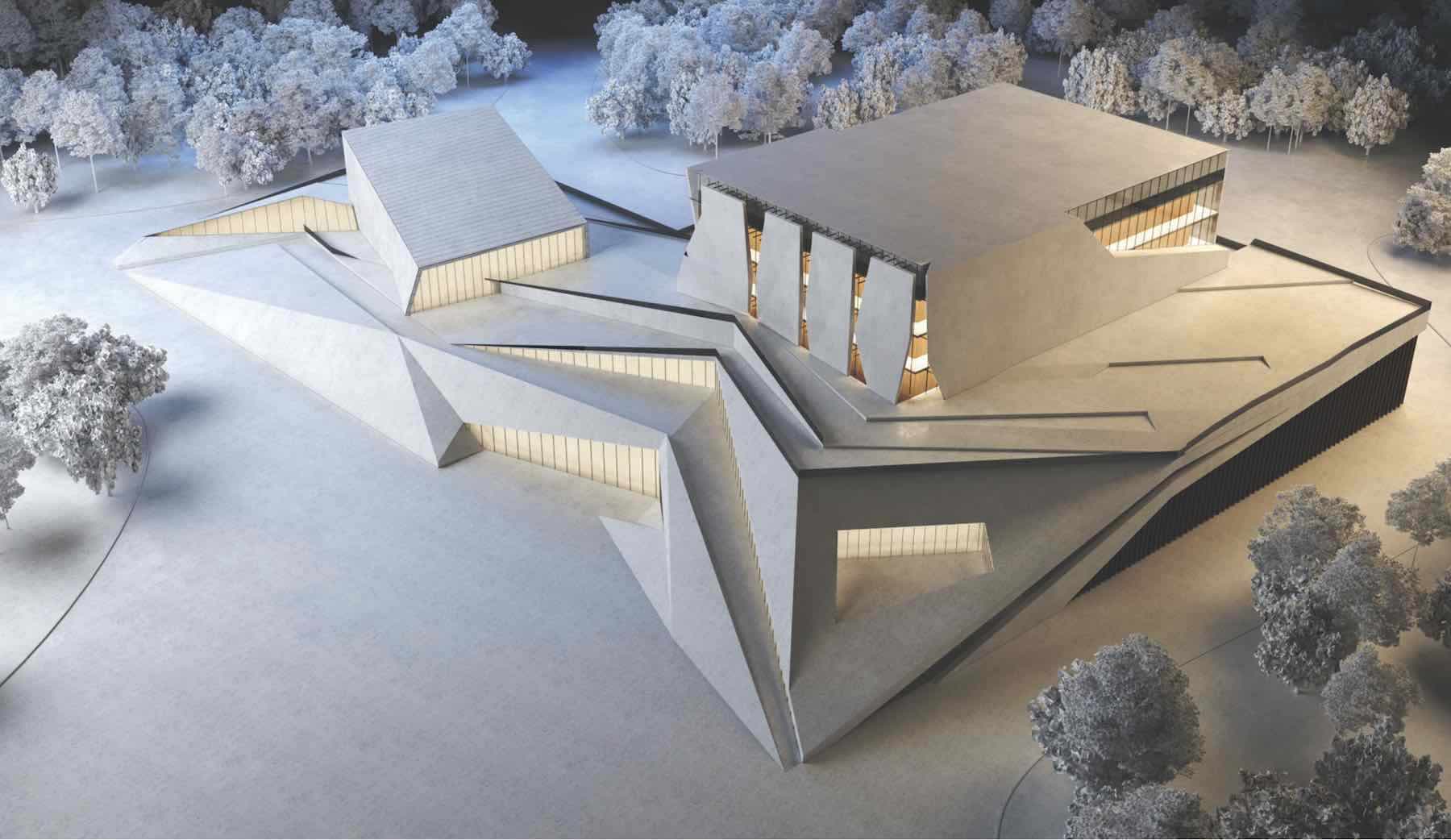


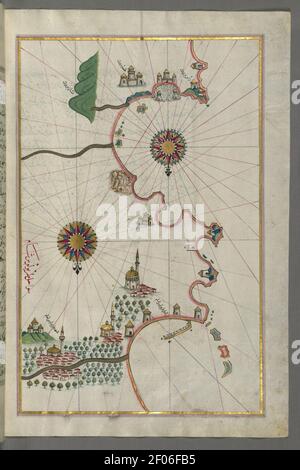


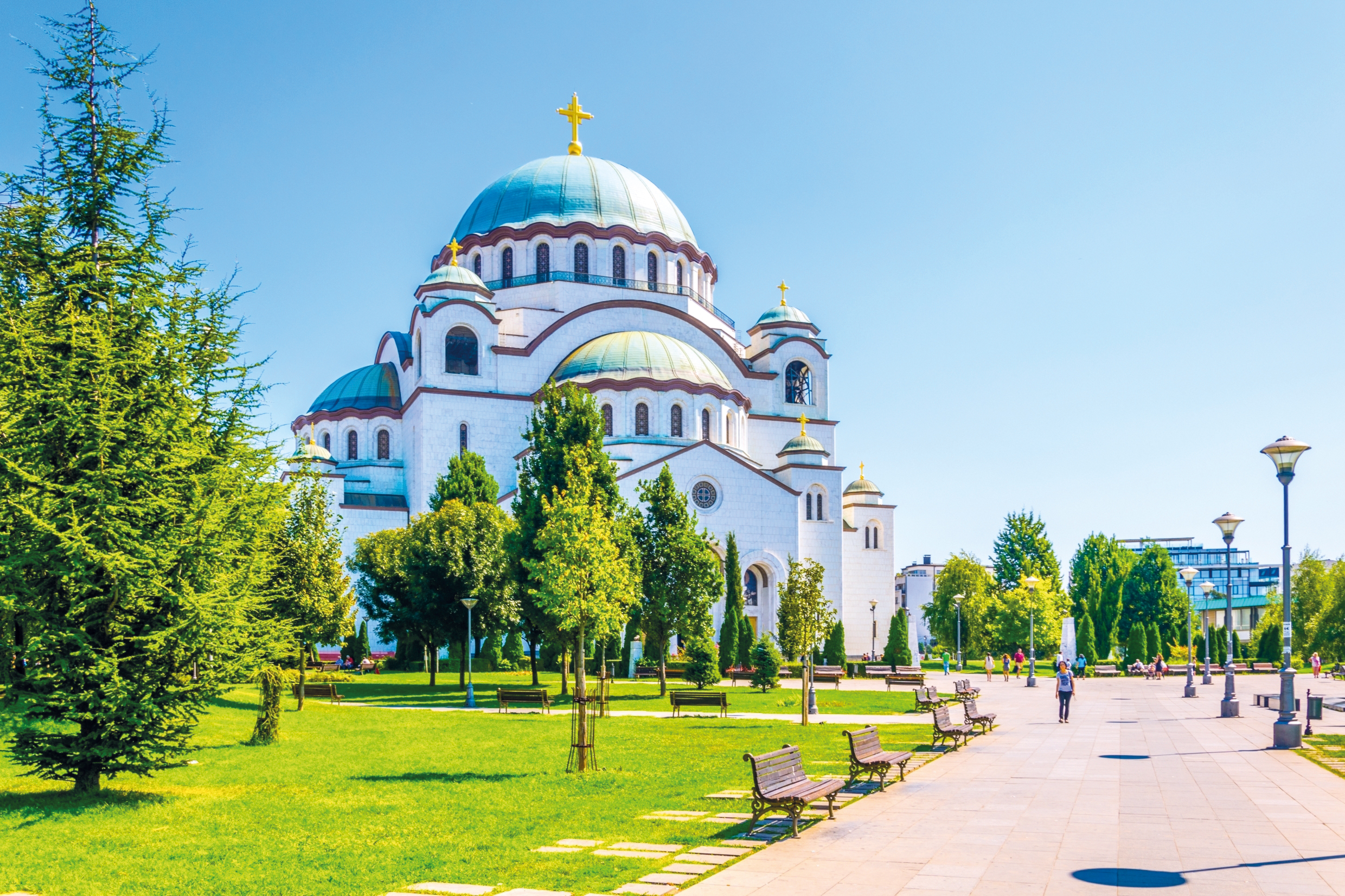
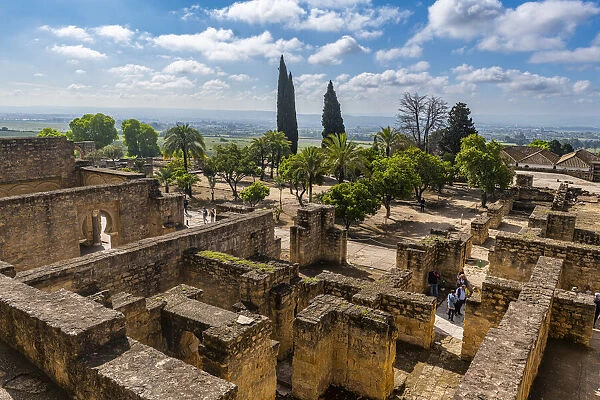

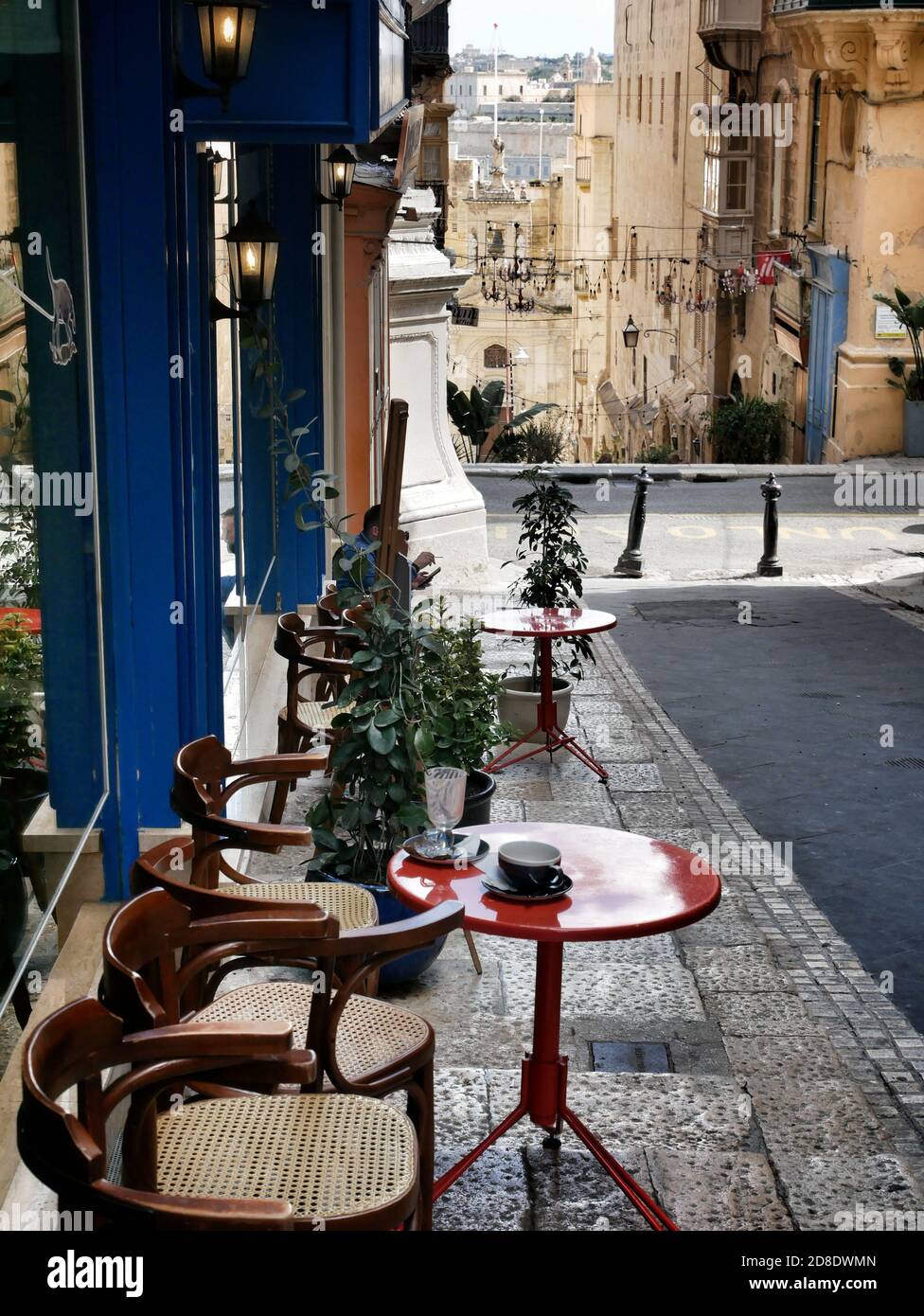



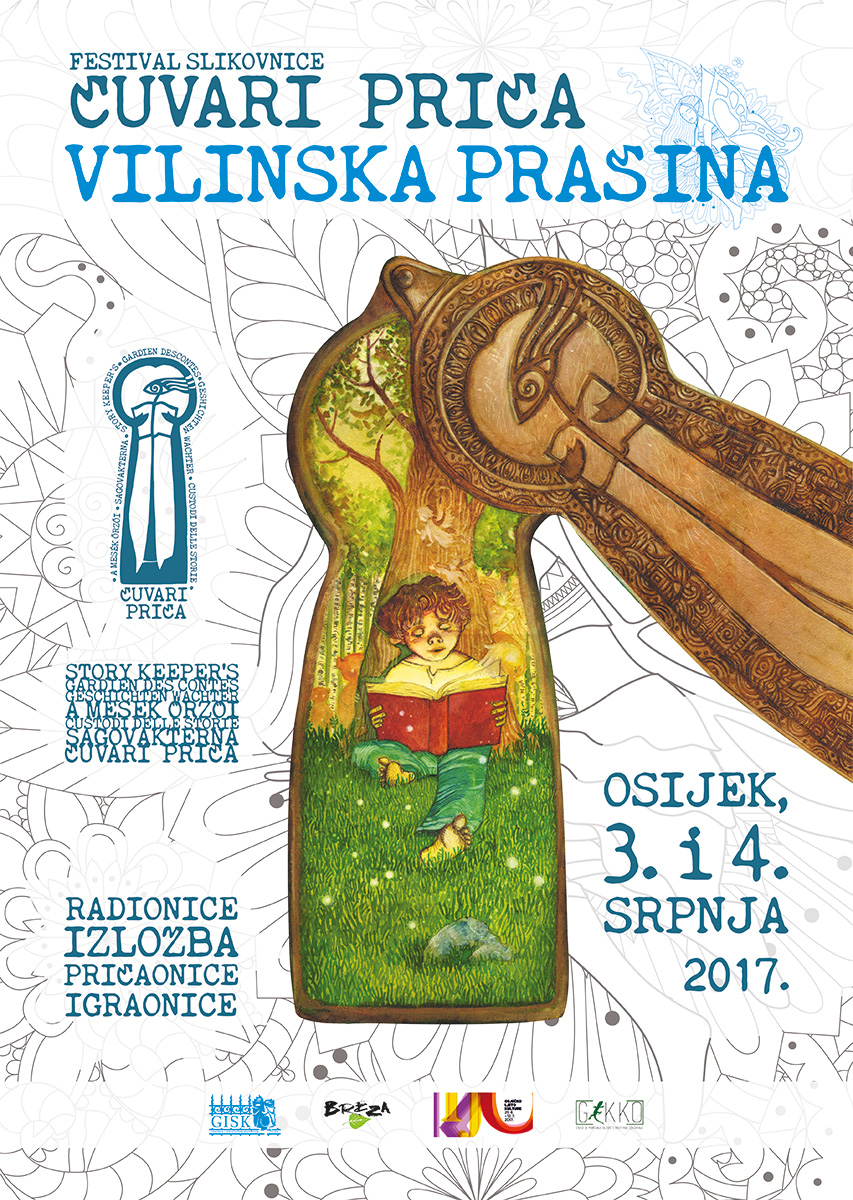


/https://tf-cmsv2-smithsonianmag-media.s3.amazonaws.com/filer_public/2a/c8/2ac8f9b5-6b3e-4380-9a5e-df46a5c22b72/janfeb2025_a16_prologue.jpg)


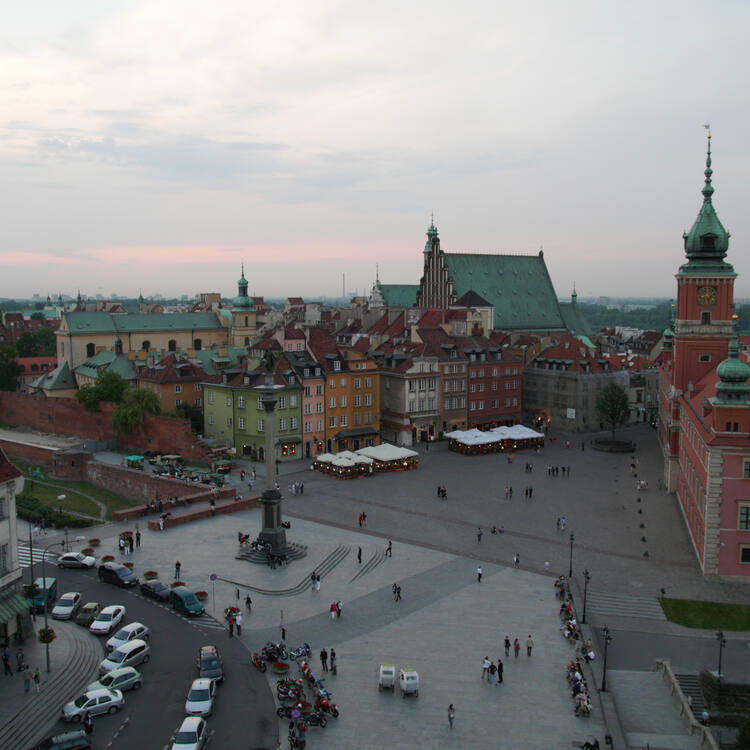
Comments